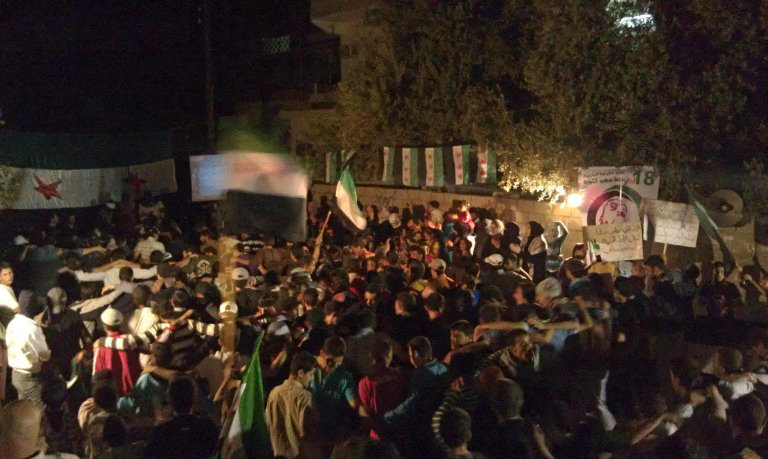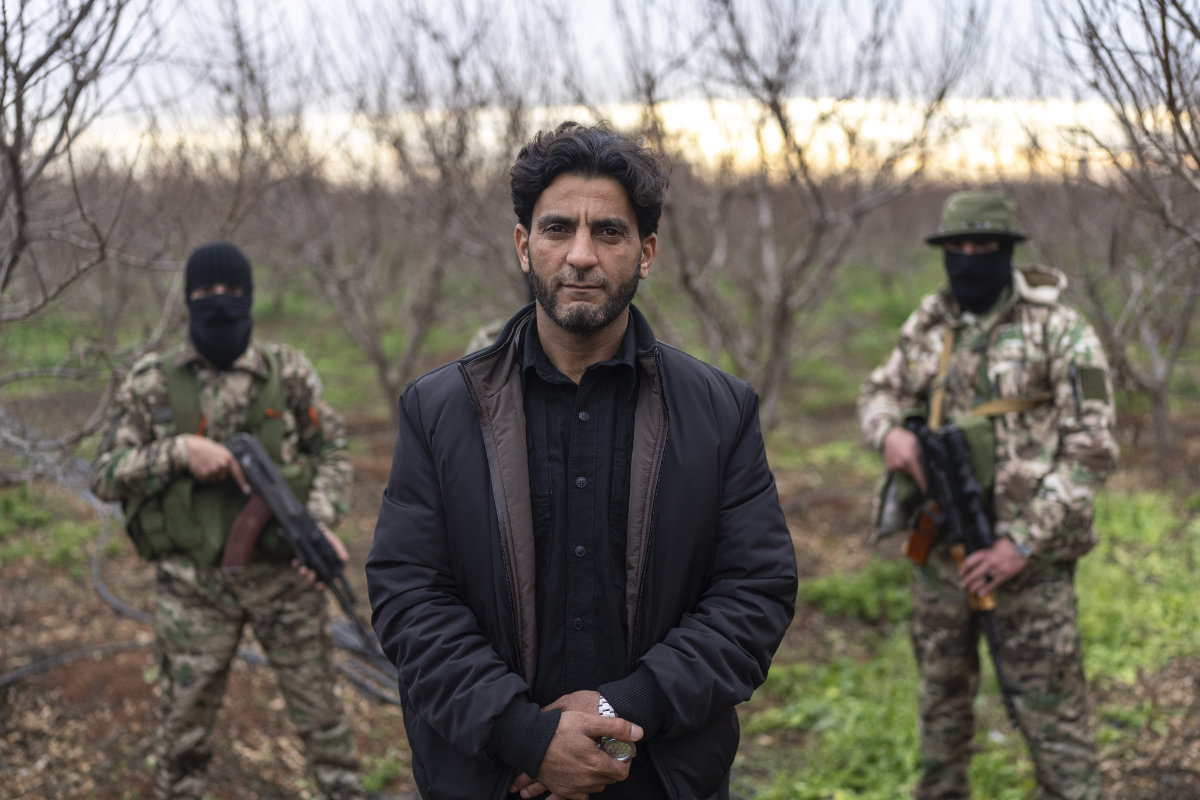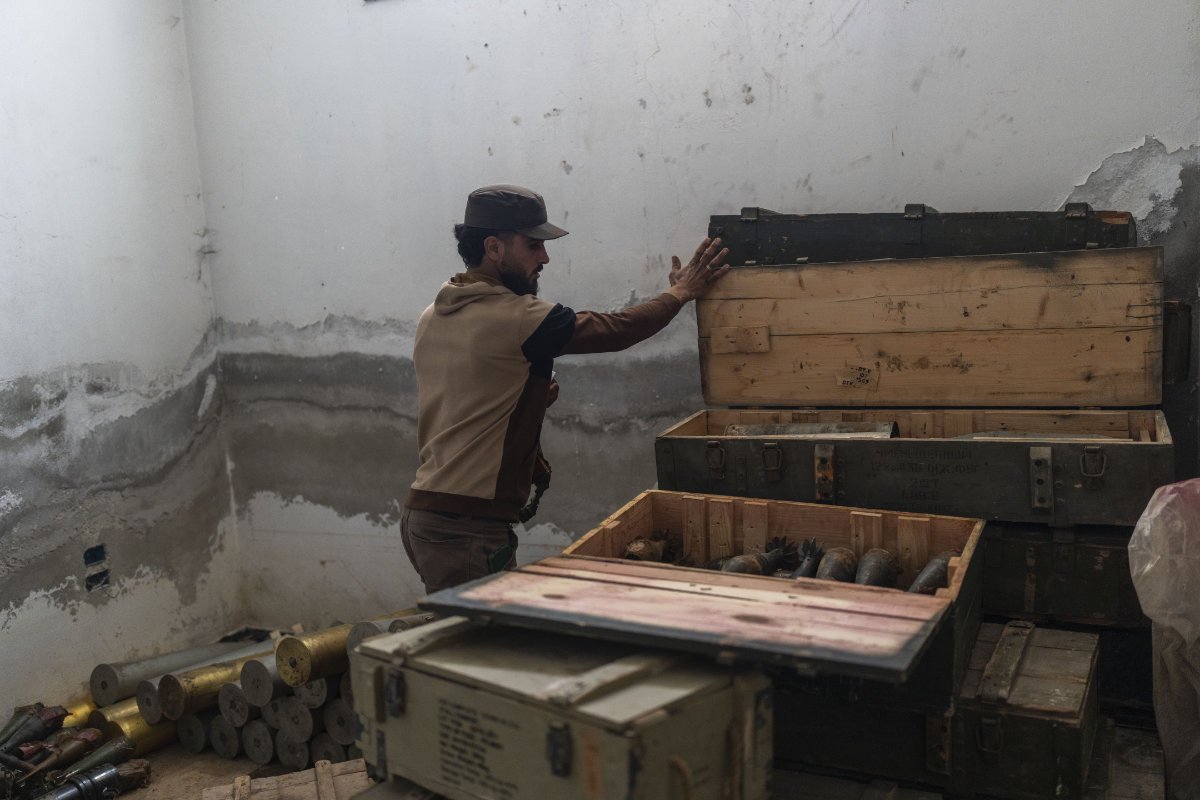DAMASCUS: At Damascus’ international airport, the new head of security – one of the militants who marched across Syria to the capital – arrived with his team. The few maintenance workers who showed up for work huddled around Maj Hamza Al-Ahmed, eager to learn what will happen next.
They quickly unloaded all the complaints they had been too afraid to express during the rule of President Bashar Assad, which now, inconceivably, is over.
They told the bearded fighter they were denied promotions and perks in favor of pro-Assad favorites, and that bosses threatened them with prison for working too slowly. They warned of hardcore Assad supporters among airport staff, ready to return whenever the facility reopens.
As Al-Ahmed tried to reassure them, Osama Najm, an engineer, announced: “This is the first time we talk.”
This was the first week of Syria’s transformation after Assad’s unexpected fall.
Militants, suddenly in charge, met a population bursting with emotions: excitement at new freedoms; grief over years of repression; and hopes, expectations and worries about the future. Some were overwhelmed to the point of tears.
The transition has been surprisingly smooth. Reports of reprisals, revenge killings and sectarian violence have been minimal. Looting and destruction have been quickly contained, insurgent fighters disciplined. On Saturday, people went about their lives as usual in the capital, Damascus. Only a single van of fighters was seen.
There are a million ways it could go wrong.
The country is broken and isolated after five decades of Assad family rule. Families have been torn apart by war, former prisoners are traumatized by the brutalities they suffered, tens of thousands of detainees remain missing. The economy is wrecked, poverty is widespread, inflation and unemployment are high. Corruption seeps through daily life.
But in this moment of flux, many are ready to feel out the way ahead.
At the airport, Al-Ahmed told the staffers: “The new path will have challenges, but that is why we have said Syria is for all and we all have to cooperate.”
The militants have so far said all the right things, Najm said. “But we will not be silent about anything wrong again.”
Idlib comes to Damascus
At a torched police station, pictures of Assad were torn down and files destroyed after insurgents entered the city Dec. 8. All Assad-era police and security personnel have vanished.
On Saturday, the building was staffed by 10 men serving in the police force of the militants’ de facto “salvation government,” which for years governed the militant enclave of Idlib in Syria’s northwest.
The militant policemen watch over the station, dealing with reports of petty thefts and street scuffles. One woman complains that her neighbors sabotaged her power supply. A policeman tells her to wait for courts to start operating again.
“It will take a year to solve problems” he mumbled.
The militants sought to bring order in Damascus by replicating the structure of its governance in Idlib. But there is a problem of scale. One of the policemen estimates the number of militant police at only around 4,000; half are based in Idlib and the rest are tasked with maintaining security in Damascus and elsewhere. Some experts estimate the insurgents’ total fighting force at around 20,000.
Right now, the fighters and the public are learning about each other.
The fighters drive large SUVs and newer models of vehicles that are out of reach for most residents in Damascus, where they cost 10 times as much because of custom duties and bribes. The fighters carry Turkish lira, long forbidden in government-held areas, rather than the plunging Syrian pound.
Most of the bearded fighters hail from conservative, provincial areas. Many are hard-line Islamists.
The main insurgent force, Hayat Tahrir Al-Sham, has renounced its Al-Qaeda past, and its leaders are working to reassure Syria’s religious and ethnic communities that the future will be pluralist and tolerant.
But many Syrians remain suspicious. Some fighters sport ribbons with Islamist slogans on their uniforms and not all of them belong to HTS, the most organized group.
“The people we see on the streets, they don’t represent us,” said Hani Zia, a Damascus resident from the southern city of Daraa, where the 2011 anti-Assad uprising began. He was concerned by reports of attacks on minorities and revenge killings.
“We should be fearful,” he said, adding that he worries some insurgents feel superior to other Syrians because of their years of fighting. “With all due respect to those who sacrificed, we all sacrificed.”
Still, fear is not prevalent in Damascus, where many insist they will no longer let themselves be oppressed.
Some restaurants have resumed openly serving alcohol, others more discretely to test the mood.
At a sidewalk café in the historic Old City’s Christian quarter, men were drinking beer when a fighter patrol passed by. The men turned to each other, uncertain, but the fighters did nothing. When a man waving a gun harassed a liquor store elsewhere in the Old City, the militant police arrested him, one policeman said.
Salem Hajjo, a theater teacher who participated in the 2011 protests, said he doesn’t agree with the militants’ Islamist views, but is impressed at their experience in running their own affairs. And he expects to have a voice in the new Syria.
“We have never been this at ease,” he said. “The fear is gone. The rest is up to us.”
The fighters make a concerted effort to reassure
On the night after Assad’s fall, gunmen roamed the streets, celebrating victory with deafening gunfire. Some security agency buildings were torched. People ransacked the airport’s duty free, smashing all the bottles of liquor. The militants blamed some of this on fleeing government loyalists.
The public stayed indoors, peeking out at the newcomers. Shops shut down.
Hayat Tahrir Al-Sham moved to impose order, ordering a nighttime curfew for three days. It banned celebratory gunfire and moved fighters to protect properties.
After a day, people began to emerge.
For tens of thousands, their first destination was Assad’s prisons, particularly Saydnaya on the capital’s outskirts, to search for loved ones who disappeared years ago. Few have found any traces.
It was wrenching but also unifying. Militants, some of them also searching, mingled with relatives of the missing in the dark halls of prisons that all had feared for years.
During celebrations in the street, gunmen invited children to hop up on their armored vehicles. Insurgents posed for photos with women, some with their hair uncovered. Pro-revolution songs blared from cars. Suddenly shops and walls everywhere are plastered with revolutionary flags and posters of activists killed by Assad’s state.
TV stations didn’t miss a beat, flipping from praising Assad to playing revolutionary songs. State media aired the flurry of declarations issued by the new insurgent-led transitional government.
The new administration called on people to go back to work and urged Syrian refugees around the world to return to help rebuild. It announced plans to rehabilitate and vet the security forces to prevent the return of “those with blood on their hands.” Fighters reassured airport staffers – many of them government loyalists – that their homes won’t be attacked, one employee said.
But Syria’s woes are far from being resolved.
While produce prices plunged after Assad’s fall, because merchants no longer needed to pay hefty customs fees and bribes, fuel distribution was badly disrupted, jacking up transportation costs and causing widespread and lengthy blackouts.
Officials say they want to reopen the airport as soon as possible and this week maintenance crews inspected a handful of planes on the tarmac. Cleaners removed trash, wrecked furniture and merchandise.
One cleaner, who identified himself only as Murad, said he earns the equivalent of $15 a month and has six children to feed, including one with a disability. He dreams of getting a mobile phone.
“We need a long time to clean this up,” he said.
Syria’s new rulers aim for normalcy one week after Bashar Assad’s fall
https://arab.news/b4tuw
Syria’s new rulers aim for normalcy one week after Bashar Assad’s fall

- ‘The new path will have challenges, but that is why we have said Syria is for all and we all have to cooperate’
- The militants sought to bring order in Damascus by replicating the structure of its governance in Idlib


























